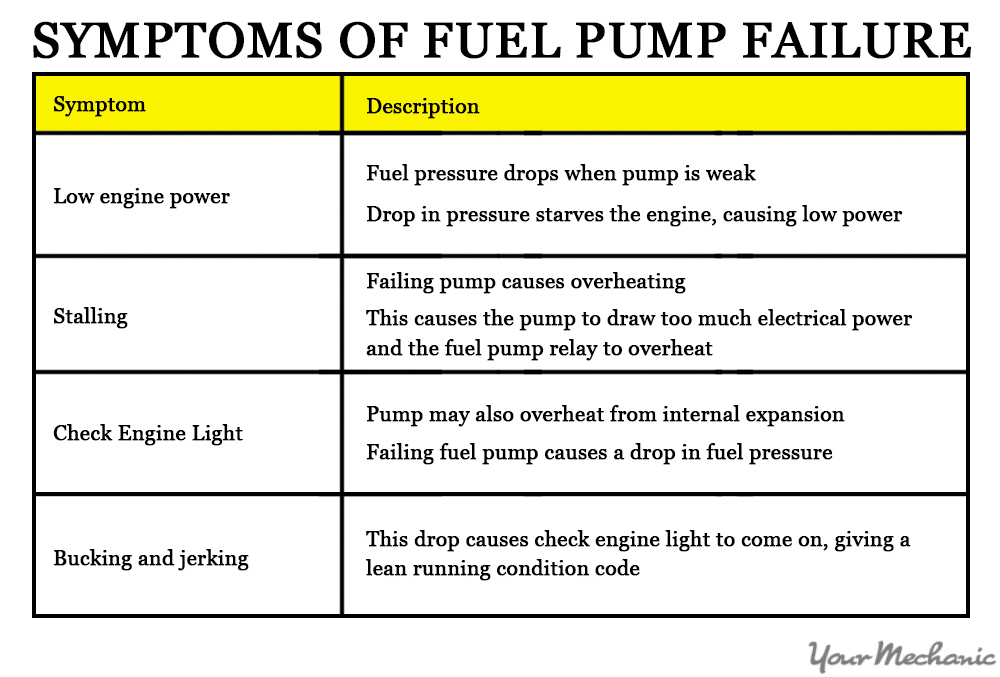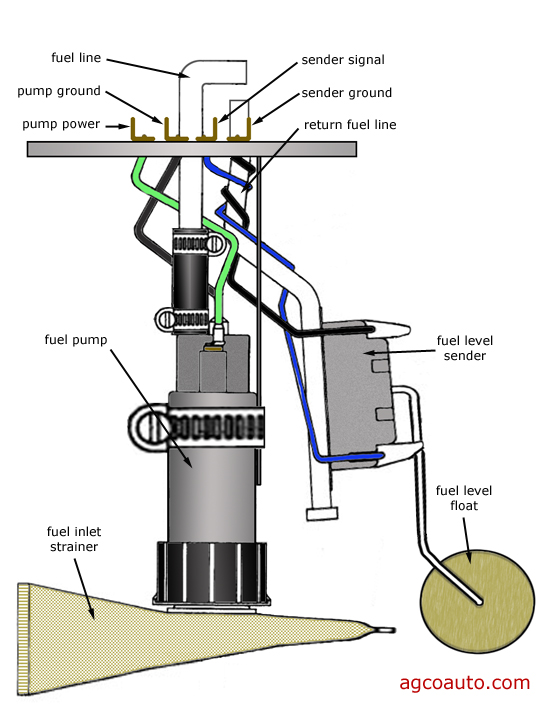Picture this: you’re cruising down the highway, enjoying your favorite tunes, when suddenly, your car starts to sputter and lose power. Your heart sinks, and you wonder what could be wrong.
One of the culprits could be your fuel pump. But how does a fuel pump go bad, and why should you care? Understanding this common issue can save you time, money, and stress. This blog post will unravel the mystery of failing fuel pumps and arm you with the knowledge you need to keep your vehicle running smoothly.
Read on, and discover what happens when your fuel pump goes bad, so you can be prepared and avoid unexpected breakdowns.

Credit: www.yourmechanic.com
What Happens When Your Fuel Pump Goes Bad
Fuel pumps can fail due to wear and tear, clogging, or electrical issues. When faulty, they disrupt fuel flow, causing engine misfires, stalling, or difficulty starting. Regular maintenance and timely checks can prevent these problems.
A fuel pump is crucial for your vehicle. It delivers fuel from the tank to the engine, ensuring smooth operation. When it malfunctions, it can cause serious issues. Let’s explore what happens when a fuel pump goes bad. Engine Sputtering A sputtering engine can signal a failing fuel pump.
This occurs when the pump struggles to send fuel: – Inconsistent fuel flow: Leads to engine hiccups and rough driving. – At higher speeds: The engine might stall or sputter more noticeably. Loss of Power You might experience a sudden loss of power while driving.
This is often linked to a failing pump: – Acceleration issues: The car struggles to gain speed or maintain it. – Climbing hills: The vehicle may lose power, making steep roads a challenge. Difficulty Starting Starting your car might become a chore.
Here’s why: – Weak fuel delivery: Prevents the engine from firing up efficiently. – Repeated attempts: You might need several tries before the car starts. Fuel Pressure Problems Fuel pressure can drop with a bad pump. This affects engine performance: – Low pressure: Causes the engine to misfire or run inefficiently.
– Erratic pressure: Leads to unpredictable driving behavior. Increased Fuel Consumption Your vehicle might consume more fuel. This is due to inefficient fuel delivery: – Poor fuel economy: The engine uses more fuel to compensate for the pump’s inefficiency. – Frequent refueling: You notice more trips to the gas station.
Unusual Noises Listen for strange sounds when the pump starts failing. These noises can indicate trouble: – Whining sounds: Suggests the pump is struggling to operate. – Loud humming: May point to pump wear and tear or damage. Understanding these signs can help you identify a bad fuel pump early.
Regular maintenance and timely repairs are key to avoiding further complications.

Credit: www.agcoauto.com
Conclusion
A bad fuel pump can cause many problems. Your car might not start. It could stall while driving. You might notice sputtering or poor acceleration. Strange noises could come from the fuel tank. Fuel efficiency may decrease too. Regular maintenance can help prevent these issues.
Check your fuel pump if you notice any signs. Early detection saves time and money. Keep your vehicle running smoothly. Pay attention to warning signs. A healthy fuel pump ensures reliable performance. Stay proactive for a safe drive.
